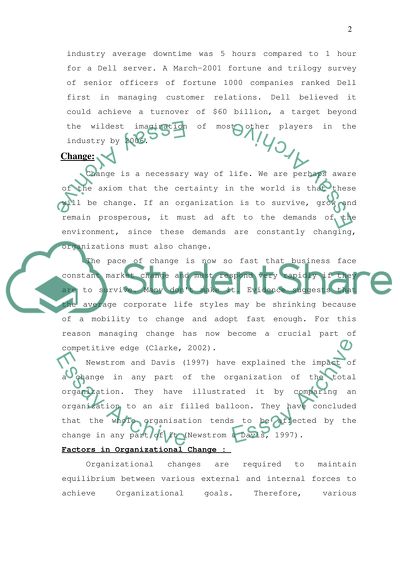Cite this document
(“Perspectives on Organisational Transformation Essay”, n.d.)
Perspectives on Organisational Transformation Essay. Retrieved from https://studentshare.org/miscellaneous/1532388-perspectives-on-organisational-transformation
Perspectives on Organisational Transformation Essay. Retrieved from https://studentshare.org/miscellaneous/1532388-perspectives-on-organisational-transformation
(Perspectives on Organisational Transformation Essay)
Perspectives on Organisational Transformation Essay. https://studentshare.org/miscellaneous/1532388-perspectives-on-organisational-transformation.
Perspectives on Organisational Transformation Essay. https://studentshare.org/miscellaneous/1532388-perspectives-on-organisational-transformation.
“Perspectives on Organisational Transformation Essay”, n.d. https://studentshare.org/miscellaneous/1532388-perspectives-on-organisational-transformation.


